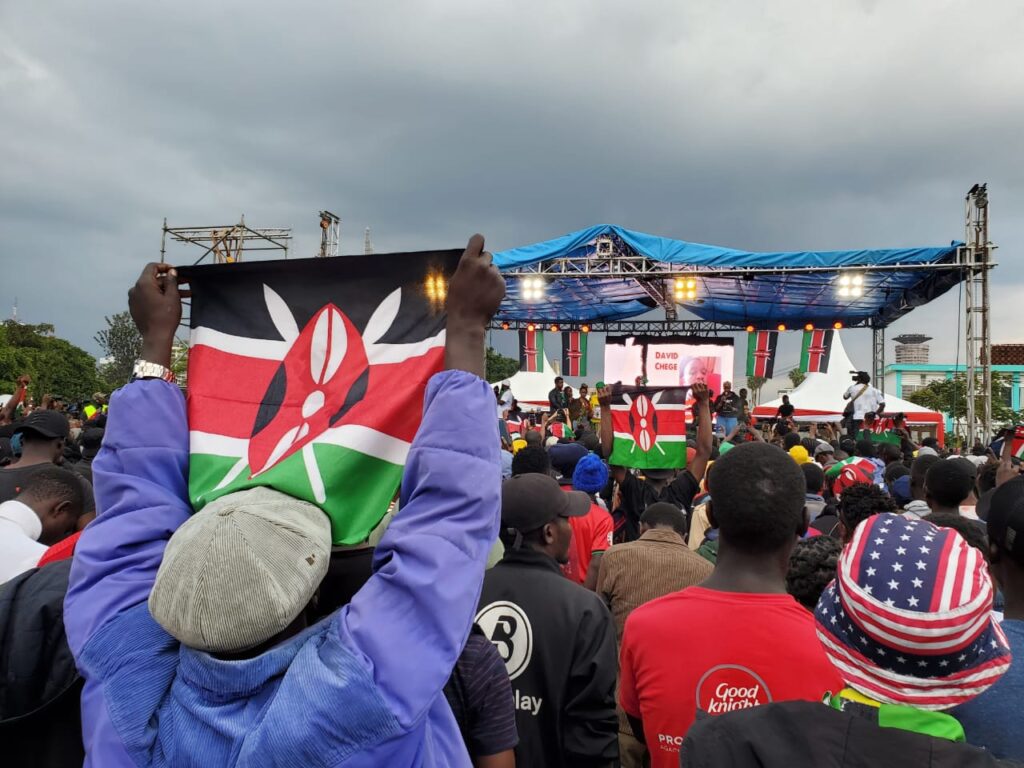SABASABA YOUTH-LED PROTESTS IN KENYA: A NEW ERA OF CIVIL RESISTANCE AND POLITICAL ACTIVISM


The recent wave of protests led by Kenya’s Generation Z has captivated both local and international observers alike, marking a significant departure from previous movements in the country’s history. Since the 1990s, Kenya has witnessed numerous mass protests primarily spearheaded by opposition figures, church leaders, students, and civil society organizations. These demonstrations were pivotal during the struggle for multi-party democracy and constitutional reforms, most notably exemplified by the Saba Saba protests on July 7, 1990. However, what sets the current protests apart is the unprecedented level of autonomy and leadership taken up by the youth themselves, without reliance on established political figures.
Over the past few weeks, young Kenyans, renowned for their digital literacy and savvy, have galvanized the nation with demands for sweeping governance reforms and a fundamental restructuring of the political landscape. This movement has coalesced under a unified front, transcending partisan affiliations and marking a distinct shift from earlier protests that were often overshadowed by political leadership. As noted by Edwin Sifuna, Secretary General of the ODM party, this generation has carved out its own space and voice, demanding to be heard on their own terms.
While historical protests like Saba Saba involved prominent political figures driving the agenda alongside youth, today’s demonstrations reflect a bottom-up uprising led predominantly by a politically astute and vocal young demographic. Barrack Muluka, a scholar and veteran journalist, underscores the continuity of grievances across generations, highlighting that while the issues remain largely unchanged, the manner and independence with which they are now expressed mark a significant evolution.
Comparisons with past protests, such as those catalyzed by religious leaders and civil society in 1999 for constitutional reforms, further illustrate both the enduring nature of these demands and the evolving tactics employed in their pursuit. The resilience of the youth in the face of police brutality and political resistance echoes similar struggles of the past, yet the intensity and scope of the current protests stand out, reflecting a profound determination to achieve meaningful change.
Instances of police crackdowns and violence, reminiscent of previous eras, underscore the high stakes of these protests. The tragic toll on lives lost and injuries sustained serves as a stark reminder of the challenges faced in asserting democratic rights against entrenched power structures. Despite these obstacles, the resilience and courage of the protestors continue to resonate both within Kenya and beyond.
Looking forward, the outcome of these protests remains uncertain, yet their impact on Kenya’s political landscape is undeniable. The emergence of Generation Z as a formidable force for change signals a new chapter in Kenya’s history of civil resistance, characterized by unprecedented youth leadership and a relentless pursuit of justice and reform. As the protests unfold, they not only challenge the status quo but also redefine the possibilities for democratic participation and social mobilization in contemporary Kenya.
